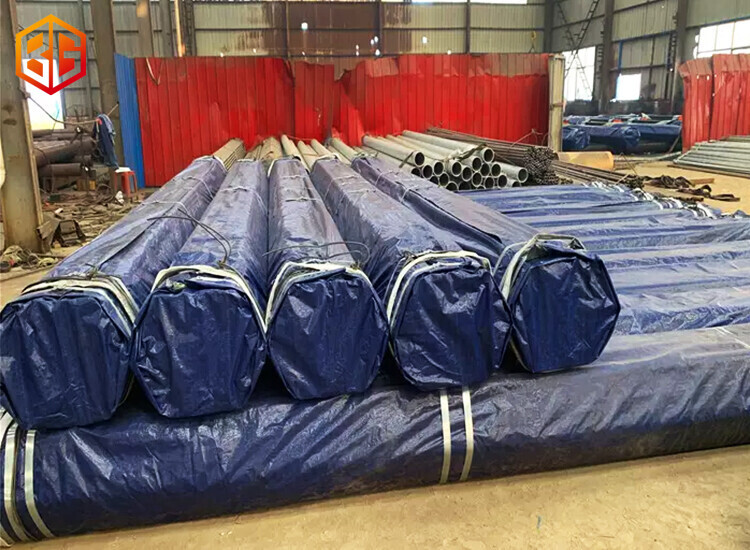NEWS

Measuring a 1-inch Carbon Steel Pipe usually refers to determining its Nominal Pipe Size (NPS), wall thickness, and length.Whether you're a contractor, supplier, or do-it-yourself person, knowing how to measure a 1-inch pipe is crucial to ensuring you buy the right pipe for your project's needs.
Here are the detailed steps and precautions:
1. Determine Nominal diameter (NPS)
Note: Although the tube is called "1 inch", this does not mean that its inside or outside diameter is exactly 1 inch. For pipes NPS 1 and below, the NPS value is close to the inside diameter; For pipes with NPS greater than 1, the NPS value is close to the outer diameter.
For a 1-inch carbon steel pipe, the actual outside diameter is 1.315 inches (about 33.40 mm). You can use calipers to confirm this.
2. Measure the wall thickness
Use a micrometer or vernier caliper to measure the wall thickness of the pipe. Wall thickness determines the pipe specification (Schedule), such as Sch 40, Sch 80, etc. Different specifications have different wall thickness standards.
The wall thickness will vary according to the specific specifications of the pipe. For example, the NPS 1 Sch 40 carbon steel pipe has a wall thickness of about 0.133 inches (about 3.38 mm).
3. Calculate the inside diameter (ID)
The inside diameter can be calculated by subtracting twice the wall thickness from the outside diameter.
Formula: ID = OD-2 × Wall Thickness
4. Measure the length
Use a tape measure or steel ruler to measure the total length of the pipe.
5. Check the port type
Carbon steel tubes may have Threaded Ends, Plain Ends, Beveled Ends or other special connections. Make sure you understand and check the form at both ends of the pipe.
6. Reference standards
Consult relevant industry standards such as ASME B36.10 or API 5L, which define specific dimensional requirements for pipes of different sizes and specifications.
Matters needing attention
Before taking any measurements, make sure that the tool is calibrated and that the measurements are taken in a clean, dry state for accurate results.
If very precise data is required, it is recommended to take multiple measurements and average them, or to use more sophisticated measuring equipment such as a laser rangefinder.
Different piping standards and specifications
ASTM A53 Steel Pipe: This is one of the most common standards used for steel pipes in construction and industrial applications. ASTM A53 pipes are used in water, oil, and gas pipelines, and they have different schedules to indicate thickness and pressure levels.
Schedule 40 vs. Schedule 80: Schedule 40 pipes are typically thinner and designed for low pressure systems, while Schedule 80 pipes have thicker walls, making them suitable for high pressure applications. When measuring and buying steel pipes, choosing the right schedule is crucial.
As a leading steel pipe manufacturer, we offer high quality solutions tailored to your needs. Whether you need steel pipes for residential, commercial or industrial projects, we offer comprehensive solutions and expert advice. For more information on pricing, custom orders or technical specifications, please feel free to contact us. Our team is ready to provide you with a detailed quote.
Related Posts
- The 137th Canton Fair opens grandly!
- Ramadan Mubarak to you
- The New Year bell rings, and dreams begin
- Welcome 2025: New Year, New Hope
- We Wish You A Merry Christmas & A Happy New Year
- What are the uses of mild steel
- Why can steel sheet piles be your first choice
- There are several types of common steel sheet piles
- Application areas of color-coated corrugated board
- Cutting method of 304 stainless steel pipe
- Production process of tinplate rolls
- Corrosion Protection Measures for SSAW Steel Pipes for Drainage
Contact Us
MESSAGE
